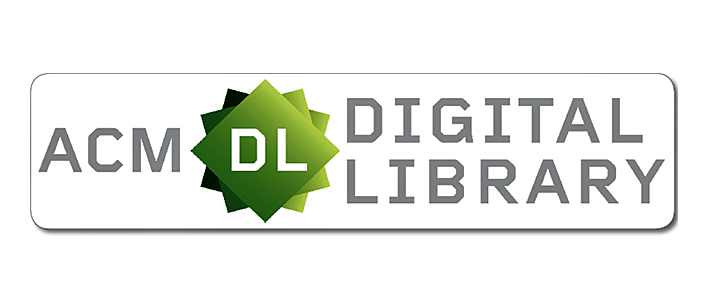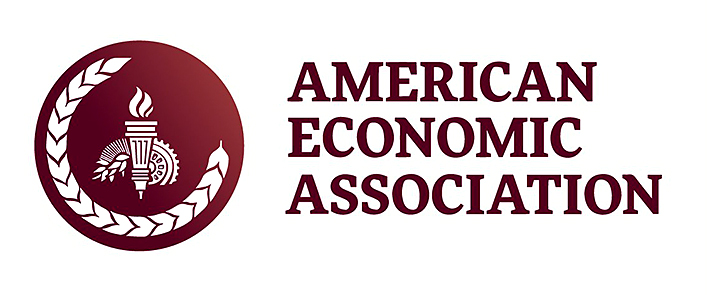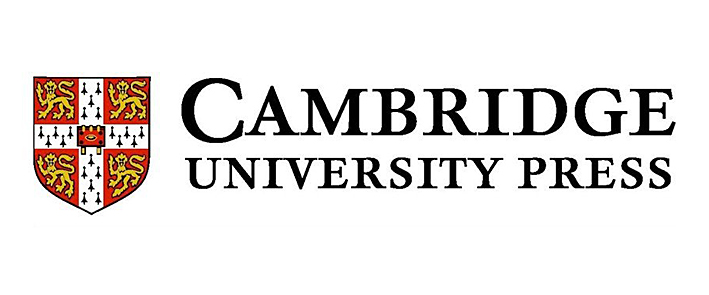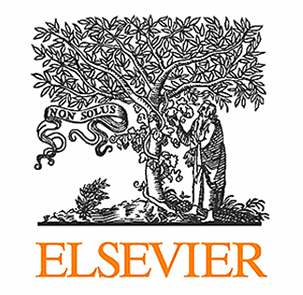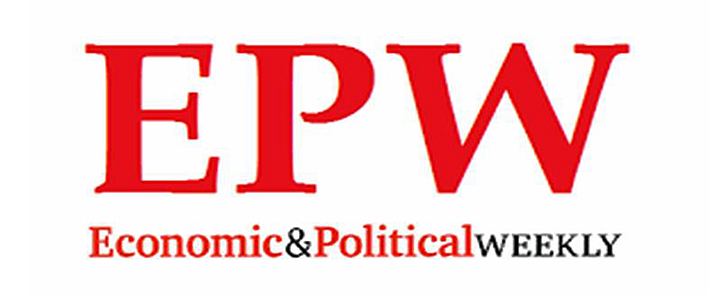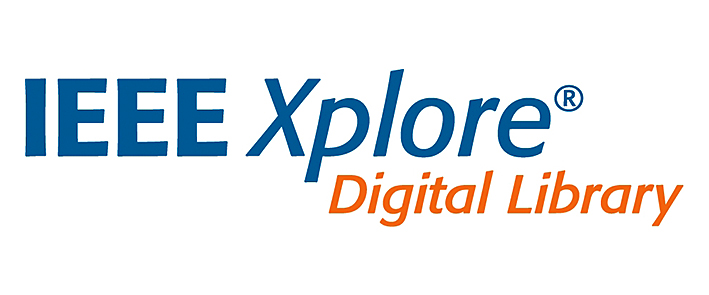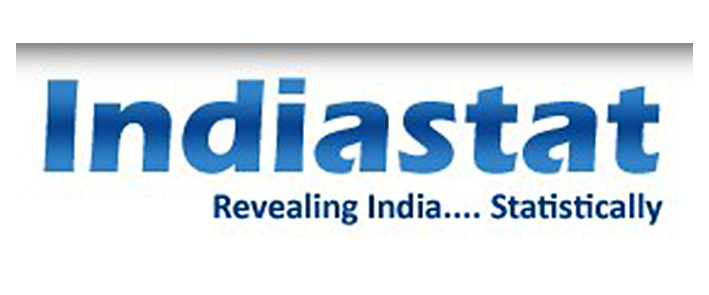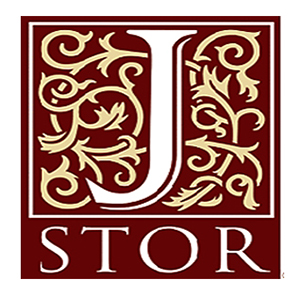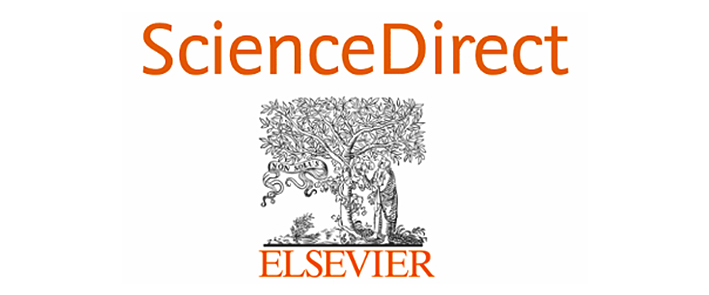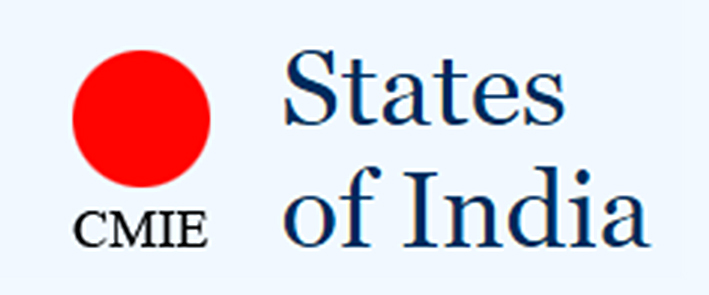| 000 -LEADER |
|---|
| fixed length control field |
05425nam a22003254a 4500 |
| 003 - CONTROL NUMBER IDENTIFIER |
|---|
| control field |
IN-MiVU |
| 005 - DATE AND TIME OF LATEST TRANSACTION |
|---|
| control field |
20240723120655.0 |
| 006 - FIXED-LENGTH DATA ELEMENTS--ADDITIONAL MATERIAL CHARACTERISTICS |
|---|
| fixed length control field |
a||||go|||| 00| 0 |
| 007 - PHYSICAL DESCRIPTION FIXED FIELD--GENERAL INFORMATION |
|---|
| fixed length control field |
cr |||aaaaa |
| 008 - FIXED-LENGTH DATA ELEMENTS--GENERAL INFORMATION |
|---|
| fixed length control field |
240723s2015 xxu||||go|||| 001 0 eng d |
| 020 ## - INTERNATIONAL STANDARD BOOK NUMBER |
|---|
| International Standard Book Number |
9780123820341 |
| Terms of availability |
USD137 |
| Qualifying information |
(e-book) |
| 040 ## - CATALOGING SOURCE |
|---|
| Language of cataloging |
eng |
| Transcribing agency |
IN-MiVU |
| 082 04 - DEWEY DECIMAL CLASSIFICATION NUMBER |
|---|
| Edition number |
21 |
| Classification number |
579.5 |
| Item number |
WAT/F |
| 245 04 - TITLE STATEMENT |
|---|
| Title |
The Fungi / |
| Statement of responsibility, etc. |
edited by Sarah C. Watkinson, Lynne Boddy, Nicholas Money |
| Medium |
[electronic resource] |
| 250 ## - EDITION STATEMENT |
|---|
| Edition statement |
3rd ed. |
| 260 3# - PUBLICATION, DISTRIBUTION, ETC. |
|---|
| Place of publication, distribution, etc. |
Massachusetts : |
| Name of publisher, distributor, etc. |
Academic Press, |
| Date of publication, distribution, etc. |
2015. |
| 300 ## - PHYSICAL DESCRIPTION |
|---|
| Extent |
e-book contains 466 pages |
| 504 ## - BIBLIOGRAPHY, ETC. NOTE |
|---|
| Bibliography, etc. note |
Includes Glossary and index |
| 505 0# - FORMATTED CONTENTS NOTE |
|---|
| Formatted contents note |
Table of contents<br/>Chapter 1: Fungal Diversity<br/><br/>Abstract<br/>Evolutionary Origins of the Fungi and Their Relationships to Other Eukaryotes<br/>The Classification of Fungi<br/>Fungal Phyla<br/>Microsporidia<br/>Miscellaneous Microorganisms Studied by Mycologists<br/>Chapter 2: Fungal Cell Biology and Development<br/><br/>Abstract<br/>Organelles, Cells, Organs<br/>Cell Structure<br/>Growth and Cell Division<br/>The Mycelium<br/>Multicellular Organs<br/>Chapter 3: Spore Production, Discharge, and Dispersal<br/><br/>Abstract<br/>Diversity, Development, and Functions of Spores<br/>Spore Size and Shape<br/>Spore Discharge<br/>Dispersal of Spores and Aeromycology<br/>Dispersal of Spores by Animals<br/>Aquatic Spores<br/>Chapter 4: Genetics – Variation, Sexuality, and Evolution<br/><br/>Abstract<br/>Defining Individuals, Populations, and Species<br/>Life Cycles and the Sexual Process<br/>Variation, Microevolution, and Speciation<br/>Chapter 5: Physiology and Adaptation<br/><br/>Abstract<br/>Introduction<br/>Nutrient Acquisition, Uptake, and Assimilation<br/>Secondary Metabolism<br/>Sensing and Responding to the Environment<br/>Developmental Adaptation for Nutrient Acquisition<br/>Geomycology<br/>Chapter 6: Molecular Ecology<br/><br/>Abstract<br/>The Application of DNA Technology in the Ecology of Fungi<br/>Fungal Diversity in the Environment<br/>Linking Fungal Diversity and Ecosystem Processes<br/>Whole-Genome Sequencing and Comparative Genomics<br/>Chapter 7: Mutualistic Symbiosis Between Fungi and Autotrophs<br/><br/>Abstract<br/>Mycorrhiza<br/>Lichens<br/>Endophytes<br/>Chapter 8: Pathogens of Autotrophs<br/><br/>Abstract<br/>Spectrum of Interactions of Fungi with Plants<br/>Distribution of Pathogens Amongst Fungal Groups<br/>Susceptibility to and Defence Against Fungal Pathogens<br/>Key Events in the Disease Cycle of Pathogens<br/>Case Studies<br/>Development of Disease in Natural Ecosystems and Crops<br/>Diseases of Other Autotrophs: Lichens and Seaweeds<br/>Emerging Diseases and the Biosecurity Threat<br/>Chapter 9: Interactions with Humans and Other Animals<br/><br/>Abstract<br/>Fungi and Humans: Medical Mycology<br/>Pathogens of Other Vertebrates<br/>Killers of Invertebrates<br/>Fungi as Food and Habitat for Animals<br/>Mutualistic Associations Between Fungi and Animals<br/>Chapter 10: Interactions Between Fungi and Other Microbes<br/><br/>Abstract<br/>Fungal–Fungal Interactions<br/>Interactions Between Fungi and Bacteria<br/>Viruses of Fungi<br/>Interactions Between Fungi and Protists<br/>Chapter 11: Fungi, Ecosystems, and Global Change<br/><br/>Abstract<br/>Introduction<br/>The Roles of Fungi in Element Cycles, Bioconversions, and Energy Flows<br/>Biodiversity and Biogeography of Fungi<br/>Climate Change Responses of Fungi<br/>Land Use Change<br/>Pollution, Pesticides, Fertilisers, Nutrient Distribution, and Recycling<br/>Movement of Biota<br/>Fungal Conservation<br/>Chapter 12: Fungi and Biotechnology<br/><br/>Abstract<br/>The Industrial Significance of Fungi<br/>The Cultivation of Mushrooms for Food and Pharmaceuticals<br/>Production of Food and Drink Using Yeasts and Filamentous Fungi<br/>Fermentation Technology<br/>Genetic Manipulation of Fungi for Biotechnology<br/>Modern Biotechnological Applications of Filamentous Fungi and Yeasts<br/>Appendix: Glossary of Common Mycological (and Related) Terms |
| 520 0# - SUMMARY, ETC. |
|---|
| Summary, etc. |
Description<br/>The Fungi, Third Edition, offers a comprehensive and thoroughly integrated treatment of the biology of the fungi. This modern synthesis highlights the scientific foundations that continue to inform mycologists today, as well as recent breakthroughs and the formidable challenges in current research. The Fungi combines a wide scope with the depth of inquiry and clarity offered by three leading fungal biologists. The book describes the astonishing diversity of the fungi, their complex life cycles, and intriguing mechanisms of spore release. The distinctive cell biology of the fungi is linked to their development as well as their metabolism and physiology. One of the great advances in mycology in recent decades is the recognition of the vital importance of fungi in the natural environment. Plants are supported by mycorrhizal symbioses with fungi, are attacked by other fungi that cause plant diseases, and are the major decomposers of their dead tissues. Fungi also engage in supportive and harmful interactions with animals, including humans. They are major players in global nutrient cycles.<br/><br/>This book is written for undergraduates and graduate students, and will also be useful for professional biologists interested in familiarizing themselves with specific topics in fungal biology. |
| 653 00 - INDEX TERM--UNCONTROLLED |
|---|
| Uncontrolled term |
Fungi |
| 653 00 - INDEX TERM--UNCONTROLLED |
|---|
| Uncontrolled term |
Mycology |
| 653 00 - INDEX TERM--UNCONTROLLED |
|---|
| Uncontrolled term |
Cell Biology |
| 653 00 - INDEX TERM--UNCONTROLLED |
|---|
| Uncontrolled term |
Molecular Ecology |
| 700 1# - ADDED ENTRY--PERSONAL NAME |
|---|
| Personal name |
Watkinson, Sarah C. |
| Relator term |
editor |
| 700 1# - ADDED ENTRY--PERSONAL NAME |
|---|
| Personal name |
Boddy, Lynne |
| Relator term |
editor |
| 700 1# - ADDED ENTRY--PERSONAL NAME |
|---|
| Personal name |
Money, Nicholas |
| Relator term |
editor |
| 856 40 - ELECTRONIC LOCATION AND ACCESS |
|---|
| Materials specified |
https://www.sciencedirect.com/book/9780123820341/the-fungi |
| Uniform Resource Identifier |
<a href="https://www.sciencedirect.com/book/9780123820341/the-fungi">https://www.sciencedirect.com/book/9780123820341/the-fungi</a> |
| Link text |
click here |
| 942 ## - ADDED ENTRY ELEMENTS (KOHA) |
|---|
| Source of classification or shelving scheme |
|
| Koha item type |
E-Book |

